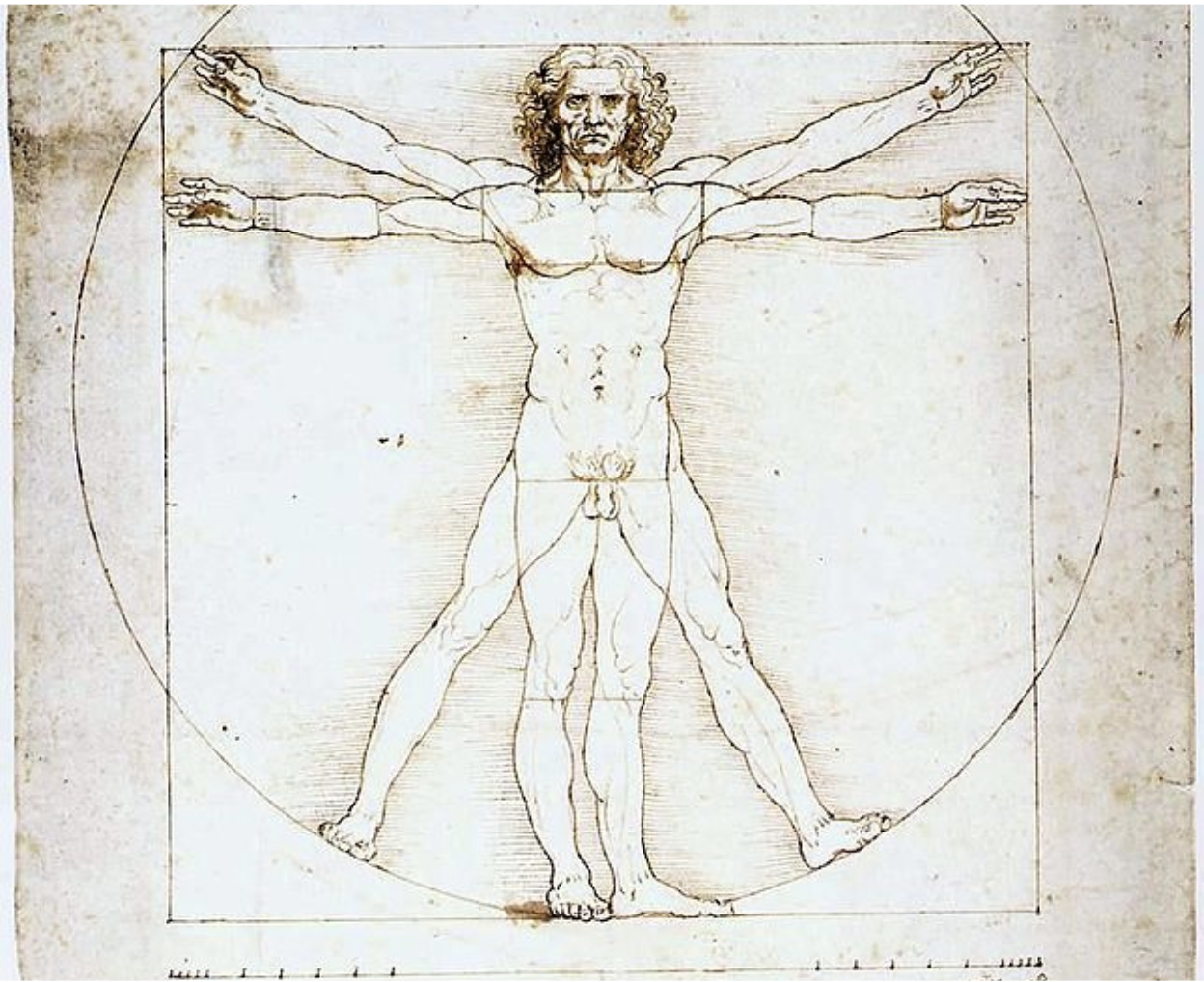Can drunkenness ever be holy? Brady examines the employment of drunkenness as a motif for both spiritual admonition and encouragement in the writings of the Church Fathers and the visual propagation of these teachings through early modern depictions of Noah and His Sons.
In recent years, there has been a significant increase worldwide in the number of people diagnosed with mental disorders, particularly anxiety, and depression. According to the World Health Organization's (WHO) 2022 data, the COVID-19 pandemic has caused a 25% rise in cases, with approximately 500 million individuals currently experiencing these conditions. Fortunately, according to a systematic review published in the journal Arts in Psychotherapy in 2018, dance has been found to have a positive effect on symptoms of depression and anxiety and also on overall psychological well-being.
In recent years, dance practices have become more accessible to people through asynchronous videos, which are recorded dance classes that allow individuals to learn new choreography or technique. Additionally, in a similar format, remote classes with a synchronous format through Zoom, Google Meet, and other meeting platforms have gained traction. It is also worth noting the short choreographies on social media platforms like TikTok. These sequences set to trending songs allow users to create dance compositions and share their performances with millions of other users.
Technological advances and media coverage during and after the pandemic not only made dance more accessible to those who did not have access to traditional dance classes – due to costs and time requirements – but also inspired people to pursue new projects and incorporate healthier habits. As a result, dance has become even more prominent as a means of promoting mental and physical health, whether practiced in person, asynchronous, synchronous, or through viral videos.
Although dance is an art form, it can also be viewed as a physical activity that offers a range of health benefits, including improved cardiovascular health, stronger bones, and increased flexibility and strength. However, the benefits of dance extend beyond just the physical body, and can positively impact mental health by improving mood, social interactions, and self-esteem. While the practice of dance is beneficial in the forms previously presented, they differ in some aspects and it is necessary to evaluate which is the most advantageous for each practitioner.
An in-person class typically involves setting aside at least an hour per week to prepare for the practice, traveling to the dance studio to engage in face-to-face interactions with instructors and fellow dancers, and challenging one to step outside of their comfort zone. During these classes, people can receive feedback in real time, which helps in the evolution of equilibrium, rhythm, and proprioception. For people who suffer from anxiety and/or depression, interaction with other individuals can be beneficial as it helps foster a sense of belonging or community that can contribute to the individual's self-esteem.
On the other hand, while practicing at home may be convenient due to the accessibility of asynchronous video classes or the comfort of wherever one is, watching the synchronous class also has its drawbacks. Despite providing physical and mental benefits, including stress relief, confidence building, and online social connection the learning process and overall development might be slower. Most notably, participants need to identify their areas for improvement independently. Moreover, while practicing at home, caution should be taken as the lack of supervision by a professional in this format could increase the risk of muscle injury.
Furthermore, learning short choreographies may help to develop muscle memory and agility while also contributing to the development of self-esteem and promoting creativity for social media content. But, the reproduction of movements without understanding proper body alignment, strength, and techniques can increase the risk of injury, in turn compromising the execution of the sequence.
The growing number of people diagnosed with mental disorders highlights the need for effective and accessible tools for improving mental health. Dance, whether in person, remote, or through short choreographies, has emerged as a popular and effective tool for promoting both physical and mental health. Moreover, it is important to note the differences between these dance formats and evaluate which one is the most suitable for each individual. Regardless, seeking guidance from professionals in both, health and dance fields, are crucial for achieving the best and safest results. With the help of dance, individuals can improve their overall well-being and quality of life, and perhaps even discover a new passion and sense of community.





